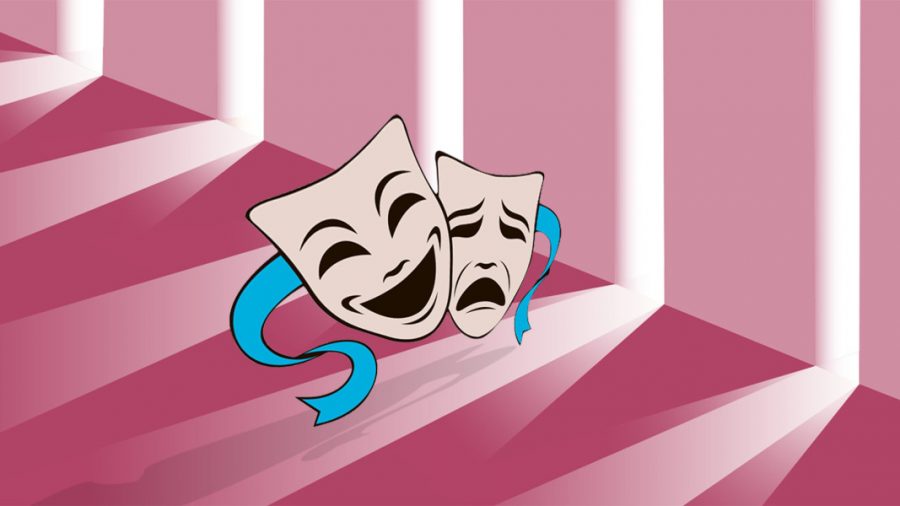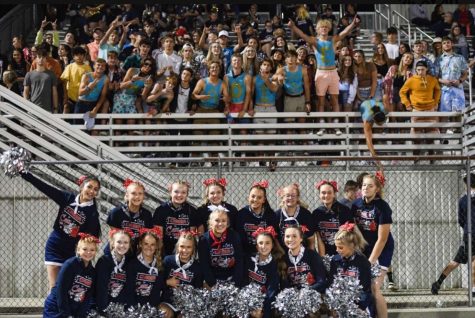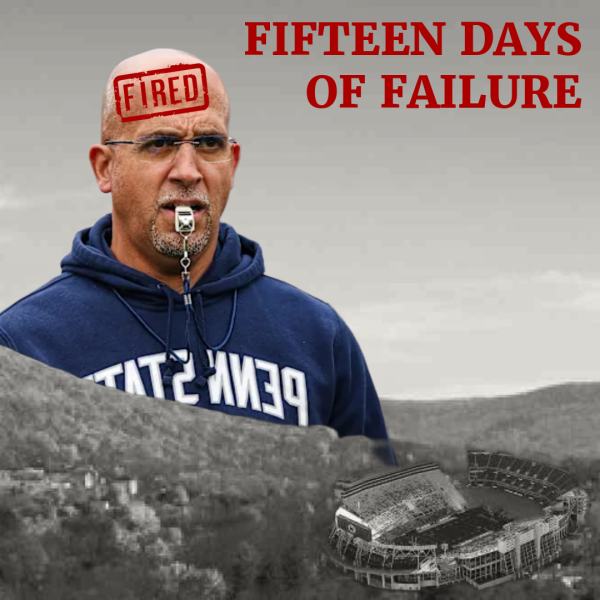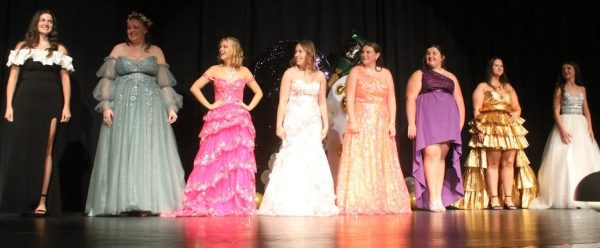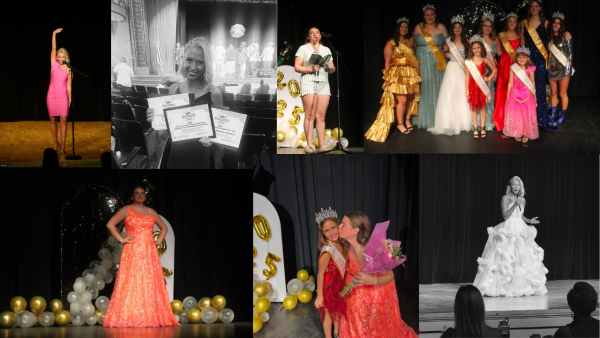Performing Arts
In every aspect of life there’s some sort of performance. Maybe it’s the class clown or the show off singer. Maybe it’s the teacher who’s under lots of pressure or the student making everything seem fine. But there’s more things that are not quite so ordinary: performing arts. This group of performances is inclusive of any and all people who do them. Show choirs, marching bands, dancers, drama clubs, musical theater groups, and so many other things all show the fine arts of performing in different ways. However it takes a lot of work to get to the final production.
Picking a medium of performance and finding a group of people to do it might sound hard, but really it’s one of the easiest things to do. Once you have these things done, you have to pick more specific things, such as a play script or songs for the performance, then comes the fun. Putting the production together. It can take anywhere from a week to multiple months to perfect and put on a performance. A lot of times, it starts with individual learning. You have to learn your part of the production before you can put it with the whole.
Individual learning is normally one of the most difficult parts, however it is the most crucial part to having a good performance. If each individual knows their part of the production, putting the whole production together becomes drastically smoother and easier. If even one individual doesn’t know their part, it can mess up the whole drastically. For example, in drama here at Lewis Cass, everyone has to know their entrances, exits, and lines. If someone misses an entrance, exit, or line, it could mess up someone’s cue which would cause the second person to mess up the next cue and so on. A snowball effect if you would. However, if everyone knows all of their part, everything can go smoothly and cues won’t be missed as easily and as often.
The next part of the production process is blending the individual parts into a whole part. This often takes a few rounds of trial and error, but once everything is blended together, the final production often comes out beautiful. For example, in choir each section and individual must know their parts. After that goal has been met, the individuals and parts must come together as a whole and adjust the volume of each part and blend each part together smoothly. After some trial and error, the choir typically gets it correct and sounds beautiful in the end.
After the whole thing has come together, there’s hours upon hours of practice that goes into making everything perfect before the final goal: the performance. Performing is the easiest part of the process. It’s like a practice with high stakes. There’s always high energy on performance days. It’s a sort of nervous energy laced with adrenaline and excitement. Finally, the hours of practice pay off.
In conclusion, performing arts aren’t the final production that people see. Countless hours of work and stress and completing steps of putting together a production go into the final result seen by the audience. It takes individual work, group work, and tons of practice. Performing is one of the best feelings on the planet. Maybe everyone can find a performing style that works for them.

